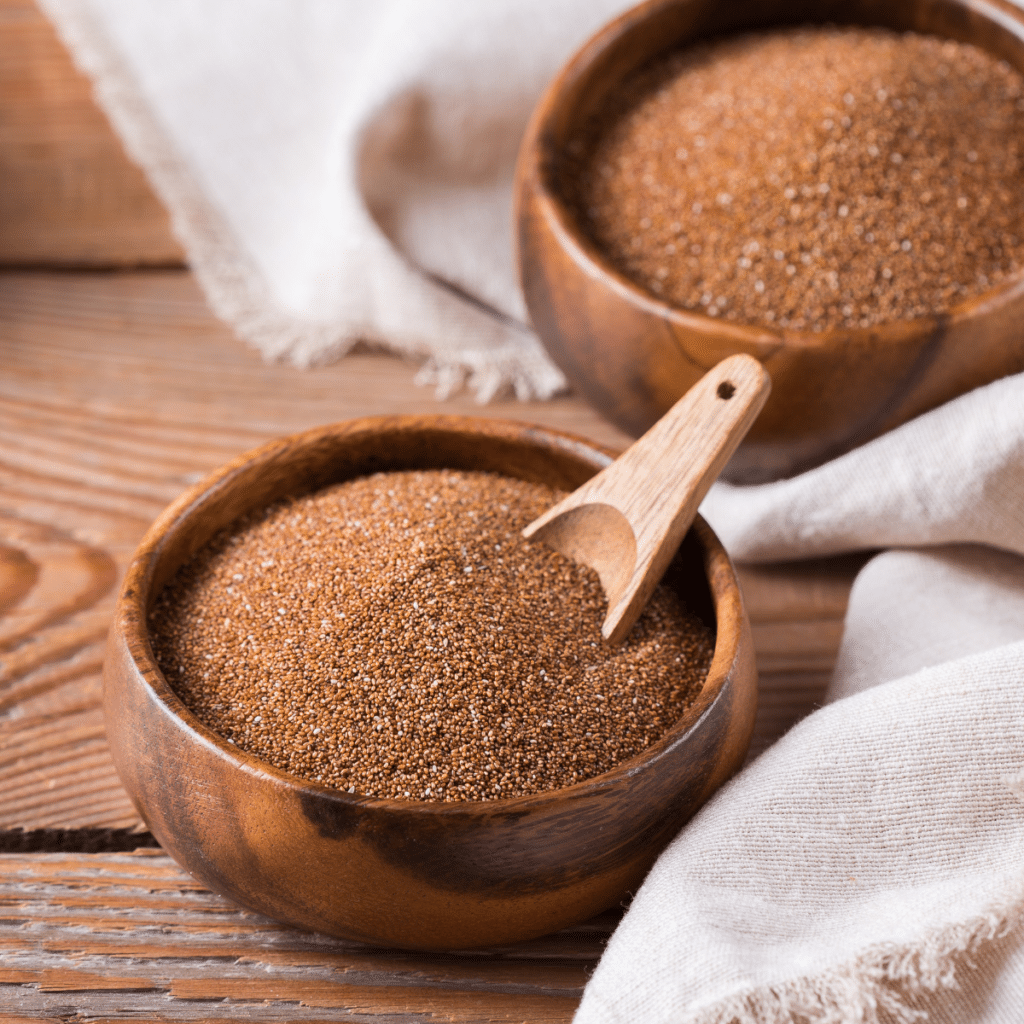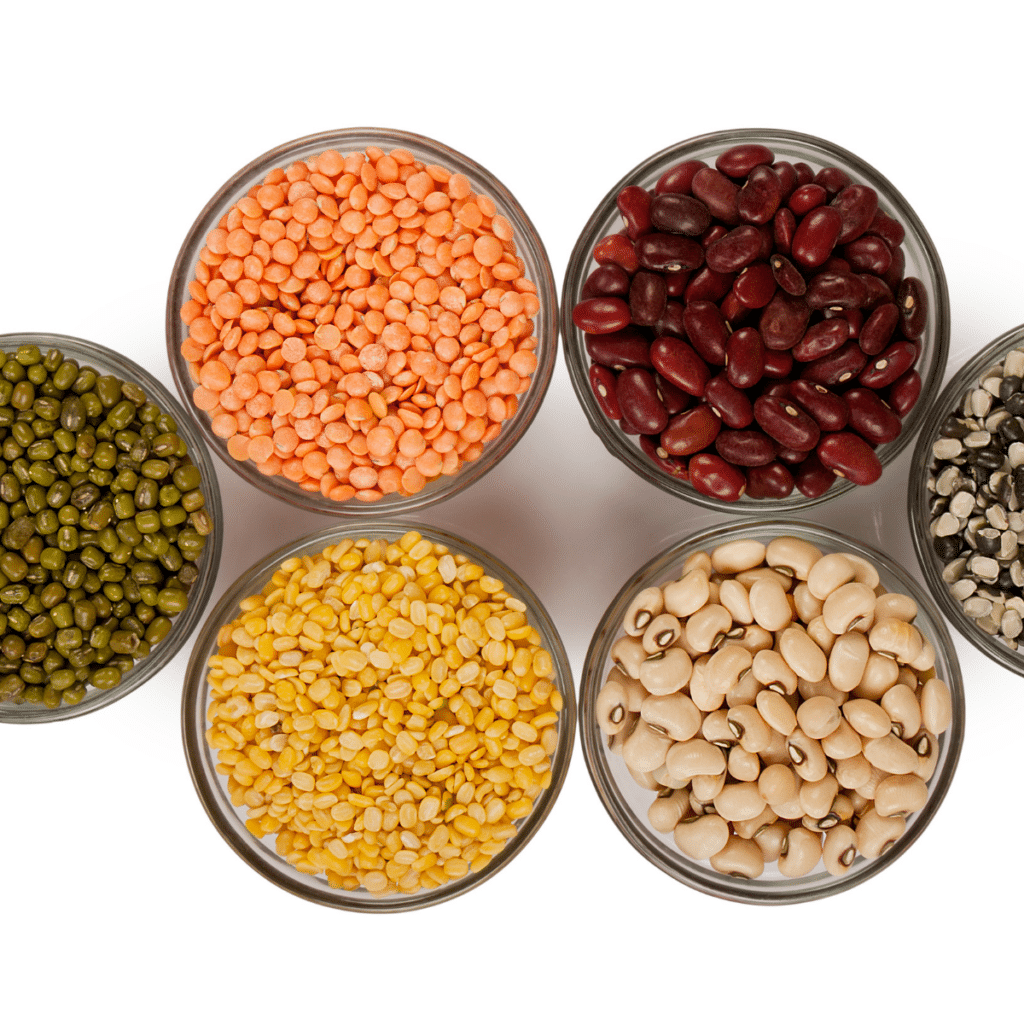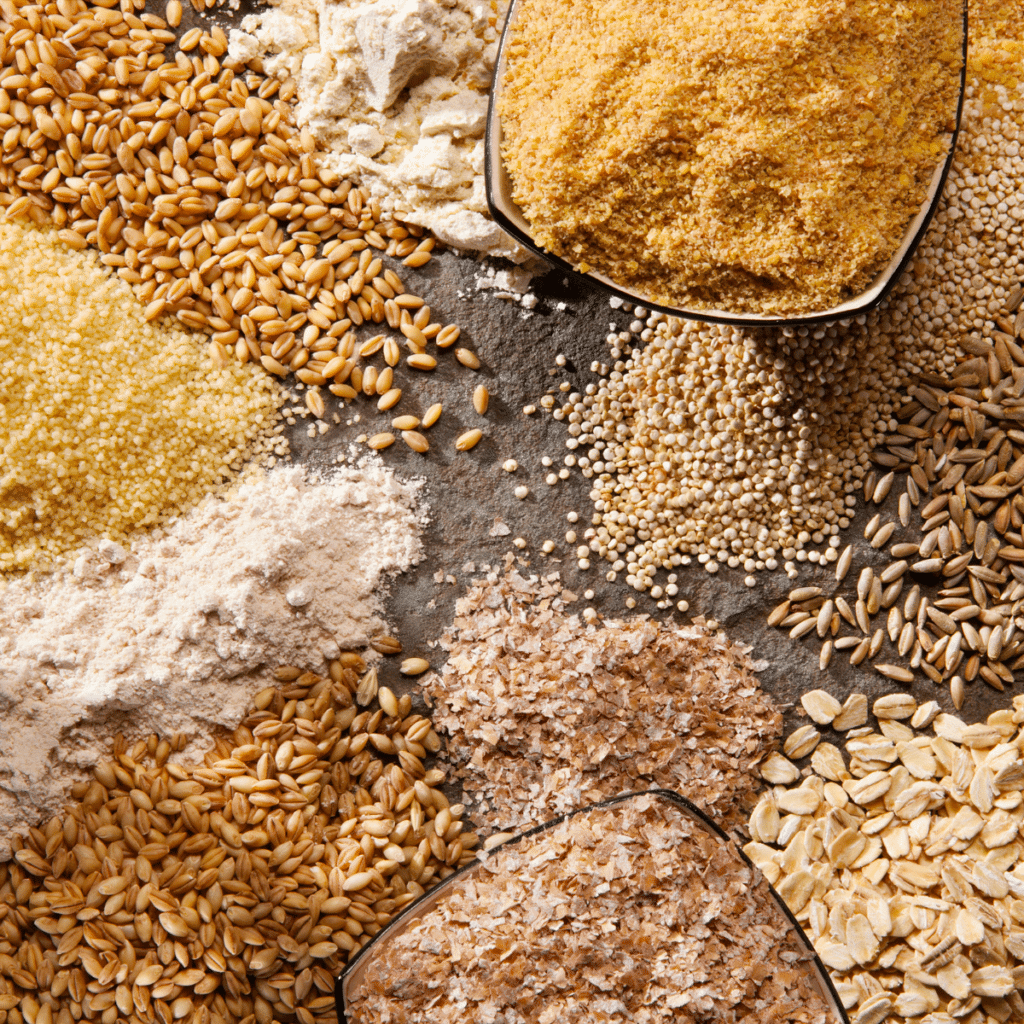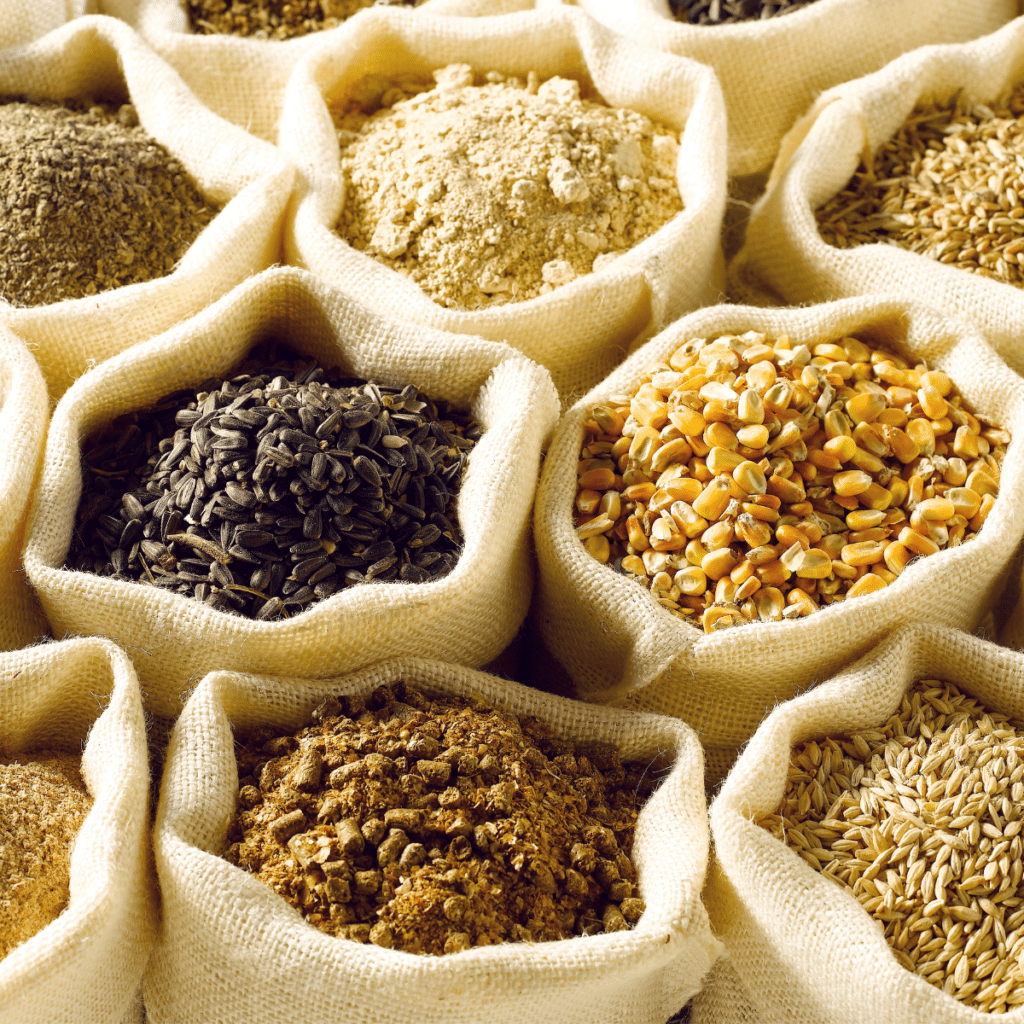Exploring the world of ancient grains and delving deeper into the realm of ancient grains for sale, like quinoa, millet, and amaranth, offers a blend of health benefits and unique tastes to your meals. These grains have been a staple in human diets for millennia. They’re packed with nutrients and introduce diverse textures and flavors to your diet. Here’s a guide with tips and recipe ideas to elevate your cooking with these nutritious seeds.

Identifying Ancient Grains
Your first task is to familiarize yourself with ancient grains. Start by exploring quinoa, millet, amaranth, barley, and farro varieties. Each of these grains brings a different flavor profile and nutritional value to the table, making them versatile for any meal. They’re celebrated for their rich protein content and ample fiber.
In addition to the grains mentioned above, other ancient varieties are worth exploring, such as sorghum, teff, and einkorn. Sorghum, a gluten-free grain, is known for its mild, sweet flavor and can be used in various dishes, from porridges to baked goods. Teff, a tiny grain native to Ethiopia, packs a nutritional punch with its high protein and fiber content. Einkorn, an ancient wheat variety, has a rich, nutty flavor and can be used instead of modern wheat in many recipes.
Preparing Grains for Cooking
Correct preparation is crucial. Most grains require rinsing to remove impurities and bitter tastes. For instance, quinoa must be washed to get rid of its saponins. Some grains, like barley, might need soaking to reduce cooking time and improve digestibility. Properly prepping your grains is essential for achieving the best flavor and texture.
When storing your ancient grains, it’s essential to keep them in airtight containers in a cool, dry place. This helps maintain their freshness and prevents moisture from affecting their texture. If you plan on storing them for an extended period, consider keeping them in the refrigerator or freezer to prolong their shelf life. Proper storage ensures that your grains remain in optimal condition and are ready to be used whenever needed.

Cooking Perfect Quinoa
Quinoa is beloved for its fluffy texture and versatility. To cook it perfectly, rinse thoroughly and use a two-to-one liquid ratio to quinoa. Simmer it covered until the liquid is absorbed, then fluff with a fork. This simple method produces a flawless quinoa that is perfect for various dishes.
One way to add flavor to your quinoa is by cooking it in broth instead of water. This simple swap infuses the grains with a savory taste that complements various dishes. You can also experiment with adding herbs and spices to the cooking liquid, such as garlic, cumin, or thyme, to create a customized flavor profile that suits your preferences. These small tweaks can take your quinoa from basic to extraordinary.
Utilizing Millet
Millet is a lesser-known grain that’s adaptable and tasty. It can be prepared fluffy for salads or creamy for porridges. Toasting it beforehand brings out its nutty flavor. Cook millet in water using a 2.5:1 ratio, simmer, and enjoy in sweet or savory dishes as desired.
Millet is not only versatile in terms of cooking methods but also in its applications. Beyond using it in salads and porridges, millet can be ground into flour and used in gluten-free baking. Its mild flavor makes it an excellent base for cakes, cookies, and breads. You can also use millet as a crunchy topping for yogurt parfaits or a nutrient-dense addition to homemade granola bars.

Valuing Amaranth
Amaranth is small but mighty in nutrition. It is rich in protein and vitamins. Cooked with a 1.5:1 liquid-to-grain ratio provides a slightly sticky texture and is ideal for energy bars, soups, or porridge.
Amaranth’s unique texture makes it an excellent candidate for thickening soups and stews. As the tiny grains cook, they release starches that naturally thicken the liquid, creating a heartier consistency. This adds body to your dishes and boosts their nutritional value. Try incorporating amaranth into your favorite soup recipes for a satisfying and wholesome meal.
Barley and Farro Benefits
Barley and farro offer chewy textures and nutty flavors. They excel in soups, stews, and salads for an added bite. Although soaking isn’t mandatory, it can make them more tender and digestible. A 3:1 water ratio is optimal for cooking these grains.
Both barley and farro are excellent sources of beta-glucans, a type of soluble fiber linked to various health benefits. Beta-glucans have been shown to help lower cholesterol levels, regulate blood sugar, and support digestive health. Incorporating these grains into your diet can easily boost your fiber intake and promote overall well-being.

Experimenting with Recipes
With the fundamentals in place, try some simple yet delectable recipes. Create a vibrant quinoa salad with roasted vegetables or a millet-based veggie burger as a barbecue highlight. Amaranth energy bars can serve as a nutritious snack or breakfast option.
Don’t be afraid to think outside the box when using ancient grains in your recipes. For example, you can use cooked quinoa as a substitute for oats in your favorite breakfast porridge or as a filling for stuffed peppers. Millet can make a creamy, risotto-style dish, while barley can be the star of a hearty, vegetable-packed soup. The possibilities are endless, so let your creativity run wild in the kitchen.
Tips for Serving and Pairing
After cooking your grains, experiment with various dressings and sauces to find your favorite mixes. These grains also pair well with proteins, enriching meat or plant-based meals. For an adventurous twist, substitute ancient grains in traditional rice or pasta dishes for a nutritional boost.
Exploring ancient grains enriches your culinary repertoire and connects you with the eating traditions of past civilizations. These grains cater to a wide range of cooking skills and promise to introduce novel tastes and benefits to your table. Enjoy your culinary journey with ancient grains.
When serving ancient grains, consider their texture and flavor profile to create complementary pairings. For instance, the nuttiness of quinoa pairs well with roasted root vegetables and a tangy dressing, while the chewy texture of farro lends itself to heartier dishes like stews or grain bowls topped with grilled meats or tofu. Millet’s mild flavor makes it a perfect canvas for bold spices and sauces, such as a spicy curry or a zesty chimichurri.


